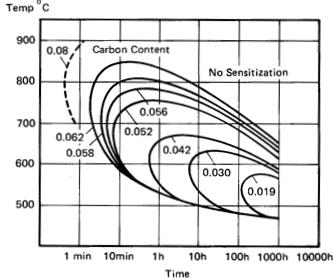Hi,
In Client general Piping Class standard it is mentioned as SS 316/SS 316L. It is not specified as Dual Grade.
However, End user/Client deliverable (ISO, MTO and other documents) specified as SS 316L only.
Reviewer is insisting on the Dual Grade requirement.
Need some clarification on the interpretation. When specified as SS 316(Stroke)SS 316L, either of the grade or Dual grade can be selected based on the application.
Since the SS 316L is higher grade material and more corrosion resistant, the same can be accepted?
Please advice.
In Client general Piping Class standard it is mentioned as SS 316/SS 316L. It is not specified as Dual Grade.
However, End user/Client deliverable (ISO, MTO and other documents) specified as SS 316L only.
Reviewer is insisting on the Dual Grade requirement.
Need some clarification on the interpretation. When specified as SS 316(Stroke)SS 316L, either of the grade or Dual grade can be selected based on the application.
Since the SS 316L is higher grade material and more corrosion resistant, the same can be accepted?
Please advice.

